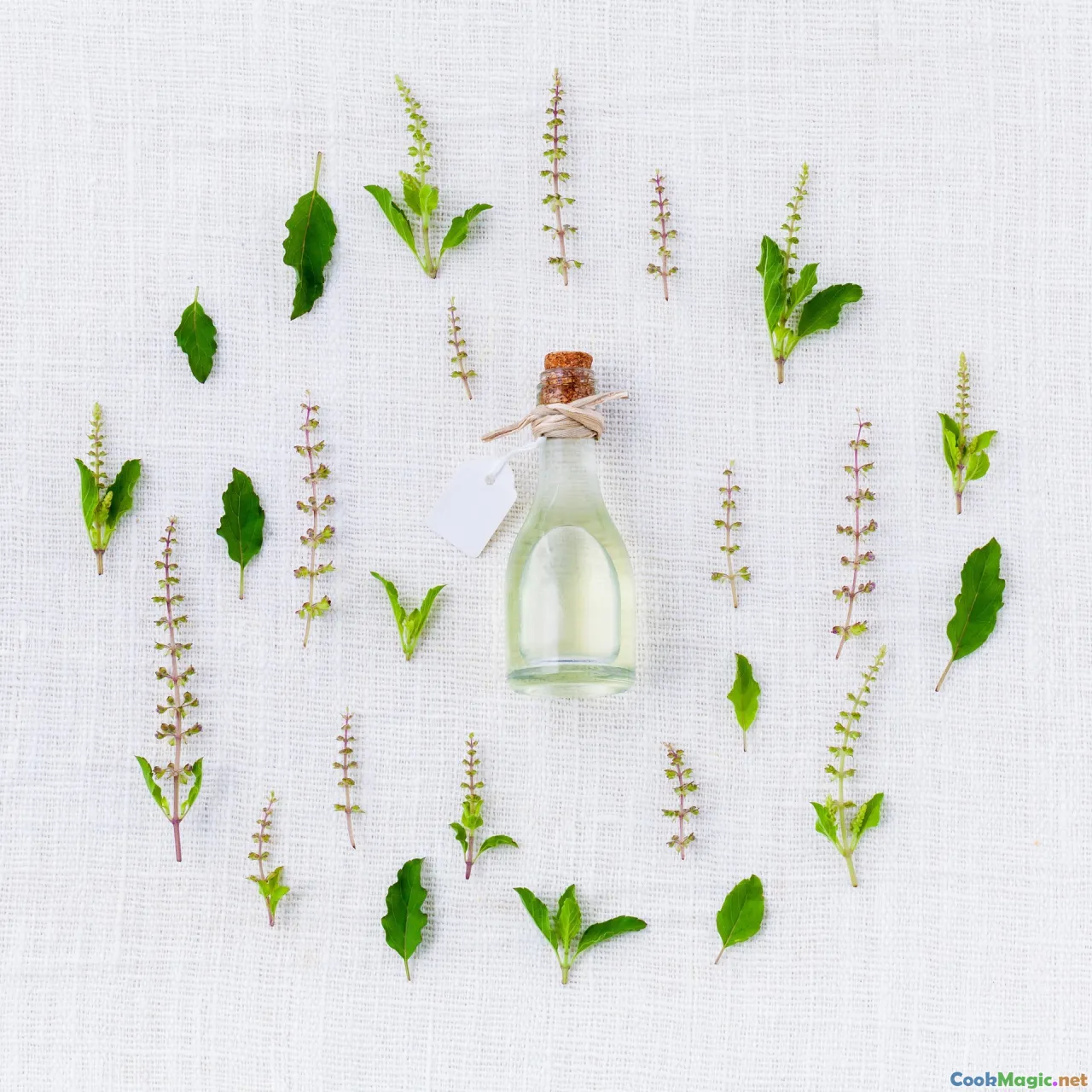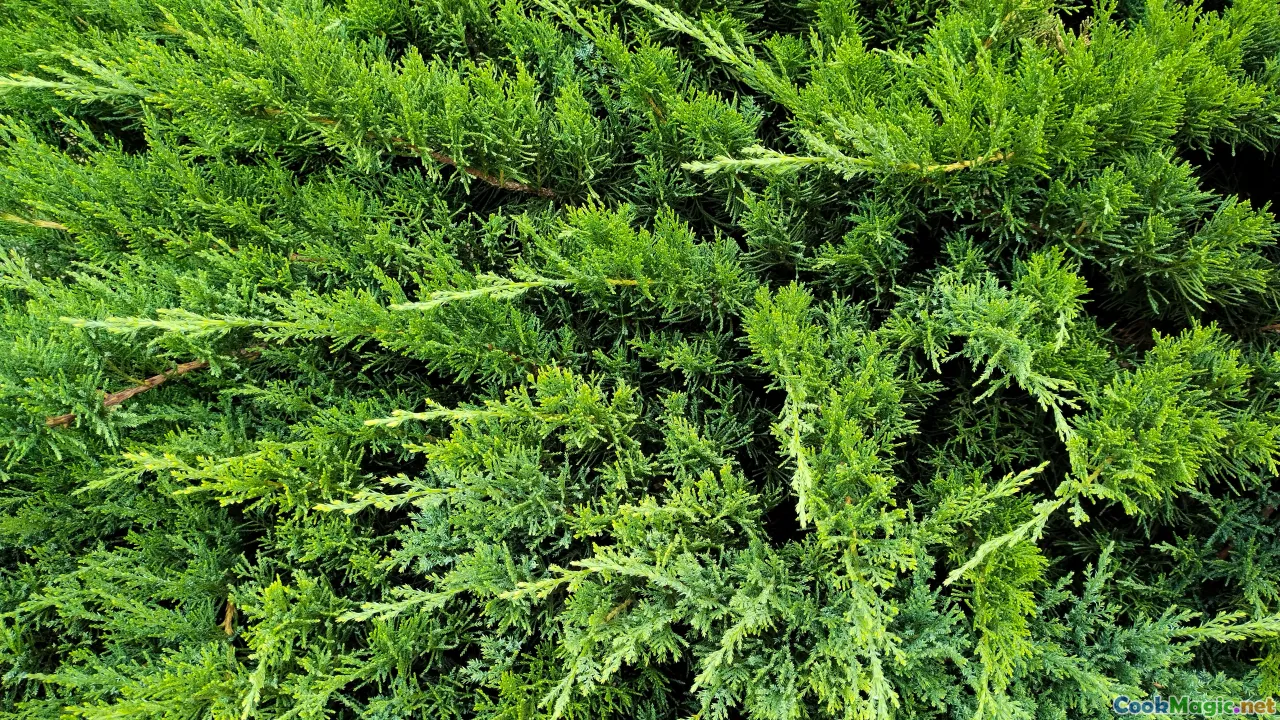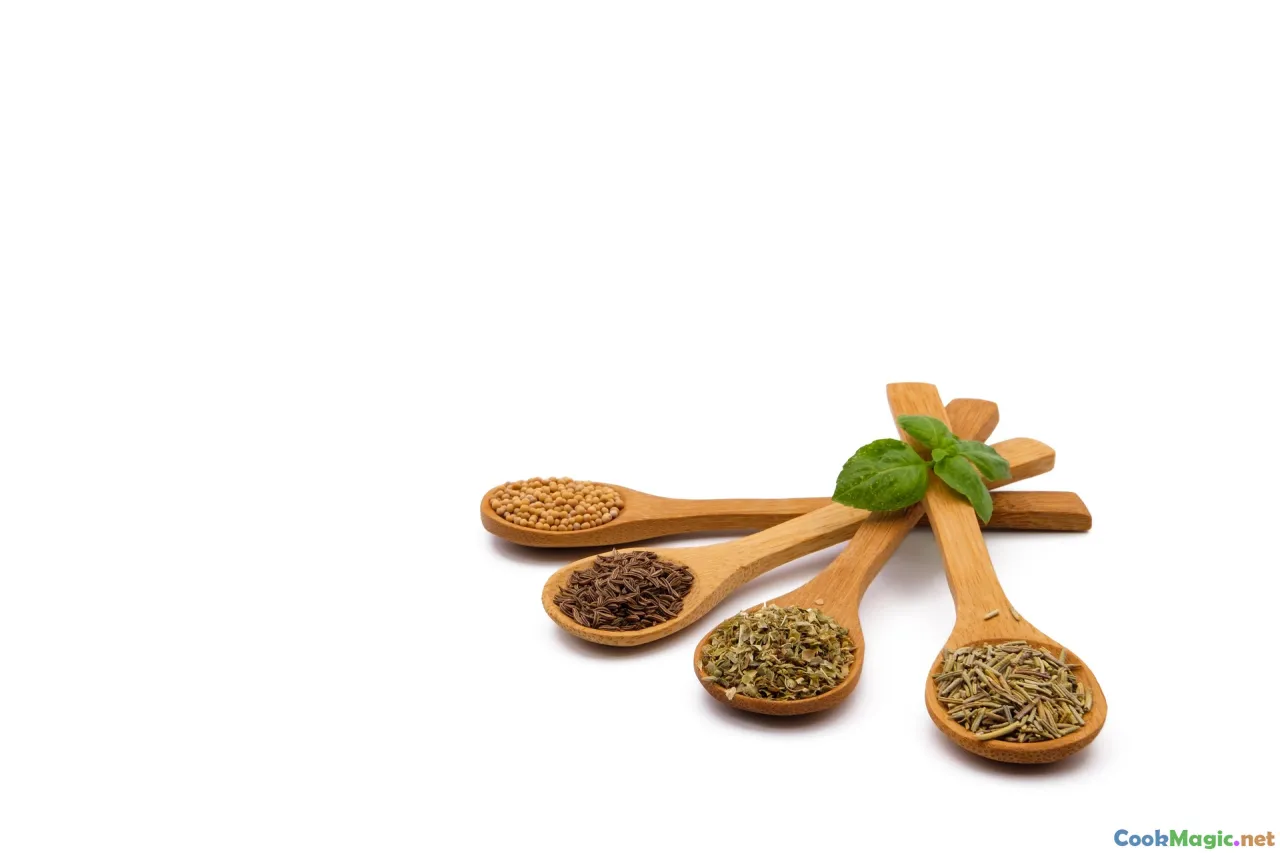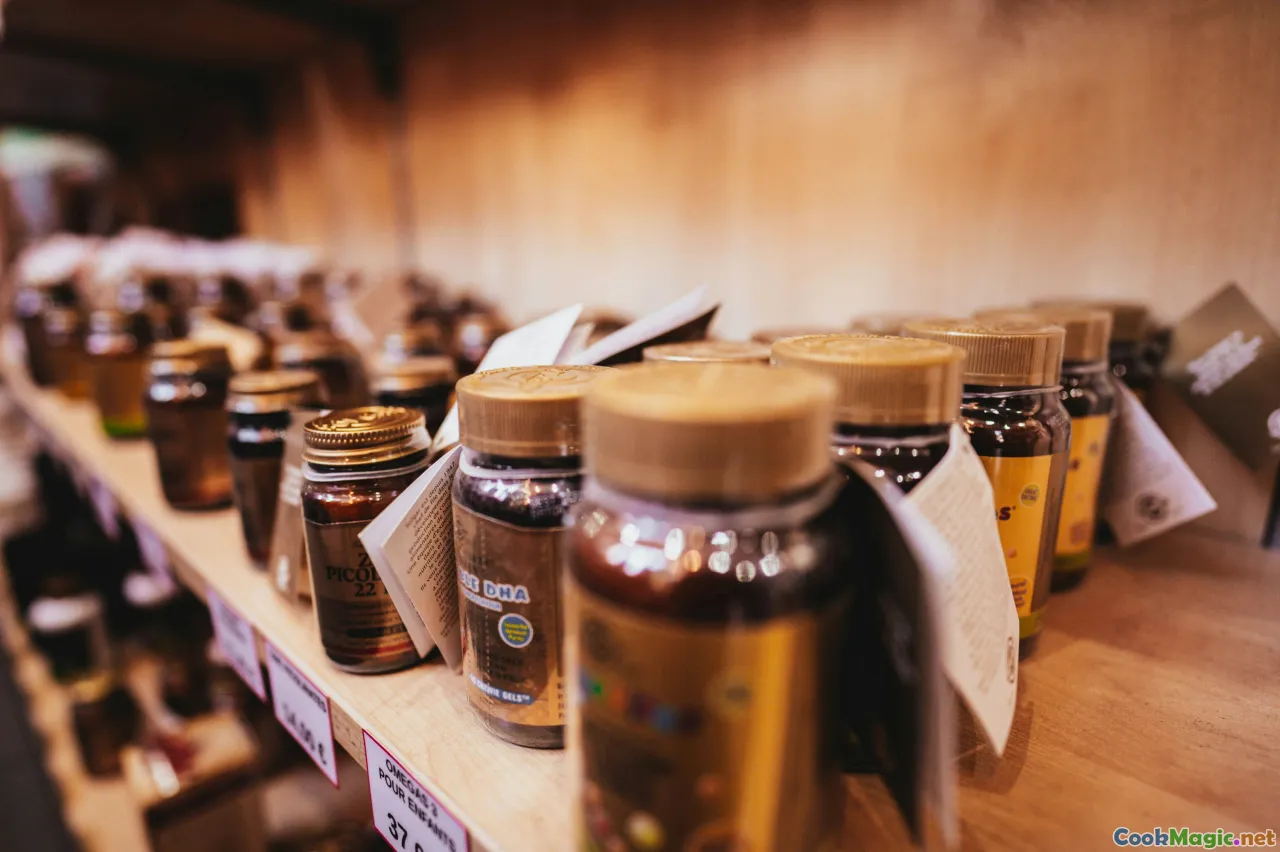Building a Belarusian Pantry Essential Herbs and Spices
10 min read Discover key herbs and spices to craft an authentic Belarusian pantry for flavorful traditional dishes. August 06, 2025 06:05
Building a Belarusian Pantry: Essential Herbs and Spices
Nestled deep within the heart of Eastern Europe lies Belarus—a land of rolling plains, ancient forests, and a rich culinary heritage that reflects its history, geography, and soul. When you step into a Belarusian home or village kitchen, what hits you first is the tantalizing aroma—a harmonious blend of earthy roots, fragrant herbs, and smoky spices—that tells stories of folklore, seasons, and centuries-old traditions.
Creating an authentic Belarusian pantry is akin to capturing a fragment of its cultural spirit. The foundation lies in a carefully curated selection of herbs and spices that have been woven into family recipes, ritual dishes, and everyday fare. From the aromatic thyme used in hearty stews to the sharp, peppery crunch of black pepper that accents preserves, each ingredient offers layers of flavor and history.
In this guide, we'll explore the essential herbs and spices that form the backbone of Belarusian cuisine. Whether you're a seasoned home cook or an eager novice, building this pantry will open new dimensions of taste, allowing you to replicate beloved traditional dishes and forge your own culinary connection to Belarus.
The Heart of Belarusian Flavors: Key Fresh and Dried Herbs

Fresh Herbs: The Liveliest Touch
Belarusian cuisine is renowned for its use of fresh herbs—bright, pungent, and vibrant. The cornerstone isdill, which offers a distinctive, feathery green charm and a slightly tangy, anise-like aroma. Used in everything from cold beet borscht to dill-heavy sour cream dips, its flavor invigorates dishes like no other.Parsleyis equally ubiquitous, lending a clean, peppery freshness that balances the earthiness of root vegetables and hearty meats. Imagine chowing down on a piping-hot Belarusian potato pancakes with a generous spoonful of chopped parsley on top—the combination is both simple and soul-stirring.Chivesadd subtle onion notes, whilecilantro (less traditional but increasingly popular) introduces a brighter, citrusy undertone especially in contemporary takes.
Dried Herbs: Depth and Preservation
Dried herbs are essential for off-season use and for adding deep, nostalgic layers.Bay leaves (Laurels)—known locally as lavrovik—are indispensable in soups, broths, and stews, infusing a subtle aromatic richness.Sage, with its earthy, slightly peppery aroma, elevates roasted meats and potato casseroles.Marjoram, closely related to oregano, imparts a delicate sweetness and is often used in pickling and braising.Chervilandcaraway seeds also find their way into many traditional dishes, offering aromatic notes that evoke Slovenia's forests and Central European culinary overlaps.
Spices with a Belarusian Twist: From the Old World to the Table

The Dark Spark of Black Pepper
An ordinary-looking spice, black pepper has historically been a prized commodity that accented the hearty comfort dishes of Belarus. Ground fresh or cracked generously, it elevates smoked herrings, hearty stews, and layered rye bread—adding a sharp piquancy that cuts through richness.
Caraway Seeds: The Heart of Traditional Baking
Possibly the most essential spice in the Belarusian pantry, caraway seedsare distinctive for their complex aroma—warm, slightly spicy with hints of anise and citrus. Found inkmyniki(caraway bread rolls) andkimenni (a hearty rye bread), they've been cultivated since the medieval ages, their seeds passing from village to village in wooden barrels.
Allspice and Nutmeg: Subtle Warmth
While more typical in Lithuanian or Baltic baking, allspiceand a pinch ofnutmeg find their way into Belarusian sweet dishes and pickles, adding a subtle warmth reminiscent of elegant European spice cabinets.
Mustard Seeds: Sharp & Zesty
A pinch of mustard seeds—especially the hot yellow variety—enlivens fermented vegetables, sour pickles, and stews, marrying piquant heat with the earthy depth of Belarusian ingredients.
From Forest to Pantry: Wild Herbs and Locally Foraged Stars

Belarusian forests are repositories of wild herbs that historically supported local kitchens. Dandelion greens, wild garlic, and sorrel add bright, tangy accents, especially in spring salads and stews.
Birch bark and sap, although not herbs or spices in the traditional sense, symbolize the deep connection to nature—used in brewing, teas, and sometimes as flavoring—offering a subtle, resinous aroma.
Gathering wild herbs is an enduring tradition across Belarus villages, where grandmothers teach granddaughters the art of foraging, preserving, and transforming forest gifts into flavorful vitalities for their tables.
Building Your Belarusian Herb & Spice Arsenal: Practical Tips

Start with the Essentials
- Dried bay leaves — for broths and stews
- Dried dillandparsley — for seasonings and garnishes
- Caraway seeds — for baking and flavoring
- Black peppercorns — always fresh-ground for maximized aroma
- Ground mustard — for pickling and sauces
- Sage and marjoram — for roasting and stuffing
Invest in Quality & Storage
Fresh herbs should be kept wrapped in paper towels, in a sealed container in the crisper. Dried herbs, spices, and seeds warrant airtight jars, kept away from heat and light, to preserve their potency. A vintage spice rack with glass jars is both functional and nostalgic—like stepping back into a Belarusian country kitchen.
Experiment with Traditional Blends
Create your own Herbal Mixes resembling Belarusian seasoning blends, combining dill seeds, caraway, peppercorns, and a hint of garlic powder. Use sparingly to enhance flavor without overpowering.
Foraged & Homemade
Incorporate wild herbs during their seasons—young sorrel leaves in spring, wild garlic in early summer. Preserved drying or freezing ensures year-round flavor.
Embracing the Cultural Significance of Herbs and Spices in Belarus

Herbs and spices are more than flavor—they are textiles woven into Belarusian identity. In traditional Polozhka (gift-giving rituals), herbal broths symbolize health and protection. Dried herbs are stored carefully in clan houses, passed from generation to generation, carrying stories, blessings, and memories.
Festivals like Kupala Night involve wild herbs gathered to ward off evil spirits and promote love—blending spiritual beliefs with culinary practice.
Throughout history, Belarusian herbs have traveled the harsh winters, nourishing both body and soul—a testament to resilience, community, and a profound connection to land.
As you build your Belarusian pantry, remember that each herb and spice is a bridge—a fragrant, embodied link to centuries of tradition and heartfelt home cooking. Recreating these flavors offers more than taste; it restores a cultural dialogue that survives through the centuries.
May your pantry bloom with the spirit of Belarus, one jar of spice at a time.









